Rodinal is a high acutance (sharpness) developer. High acutance means grain as well as the image is more clearly defined. So if I develop at different temperatures either the grain should be no more of less apparent or surely the acutance will change along with the grain? I usually develop semi-stand in Rodinal at 100:1 for one hour generally at 17-19 degC, with two inversions at half-time, when it acts as a compensating developer (heavily exposed areas run out of developer so development stops automatically) restraining contrast. It is often said that Rodinal is insensitive to temperature at this dilution, and the same is said about other compensating processes such as divided development. I certainly do not notice any significant difference over the range of temperatures I normally use.
I decided to test to what extent these thoughts are true. I photographed my front door in contrasty light on two Leica M3 bodies with Zeiss 50mm lenses at f8 each loaded with Adox CHS 100 II. One film was developed at 15degC the other at 25degC (both one hour semi-stand at 100:1). Negatives were digitally scanned on my A7rii with a 105mm macro lens.
The results are shown with enlargements of one section to show the grain more clearly. The featured image developed at 15degC has good contrast with detail visible in both dark and highlight areas.
The virtually identical image developed at 25degC has much higher contrast with blown out highlights and buried lowlights. On comparing the negatives and the film around the sprocket holes the fog level has risen dramatically from virtually nil to sufficiently high to mask information in lowlight areas.
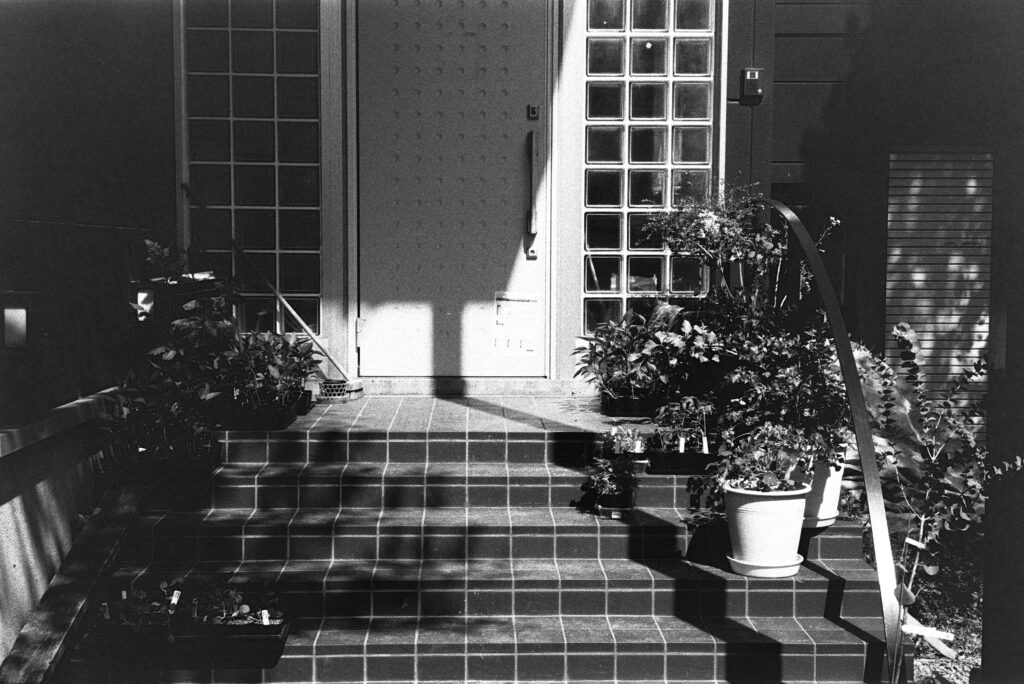
The enlargements from both frames shows grain whose visibility varies with exposure level but looking at similar exposure level areas (door on 15degC and upper floor tiles on 25degC frames) there is no obvious difference in the grain with temperature.
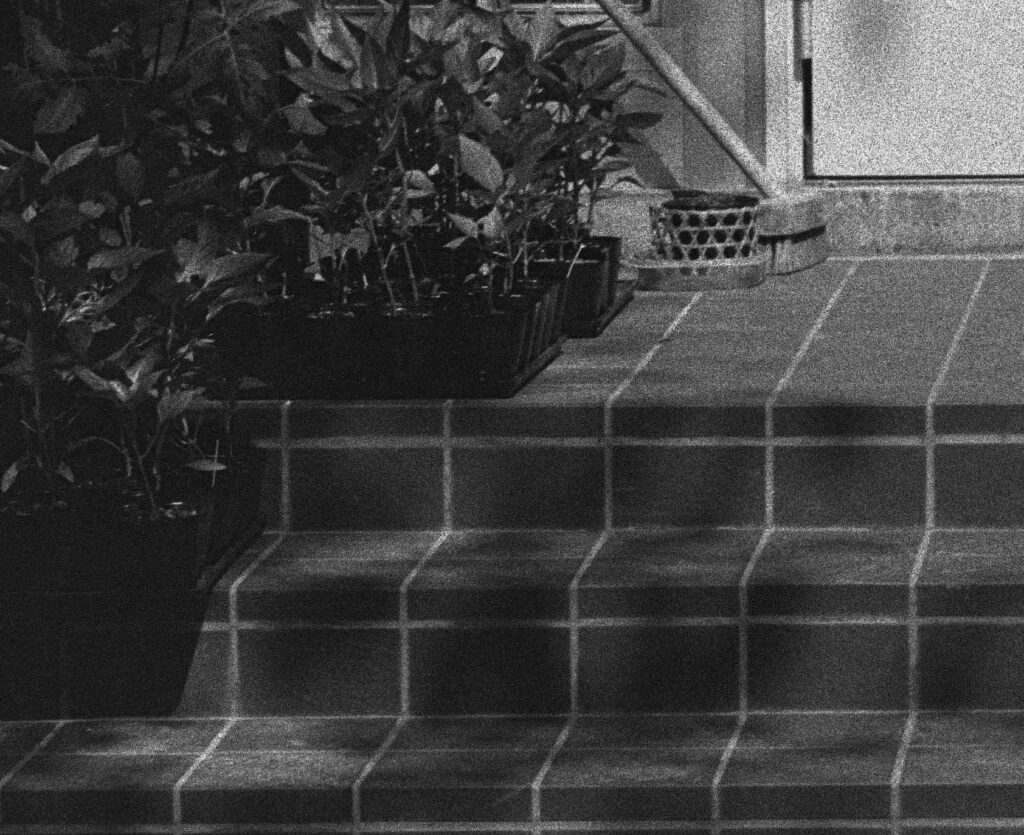
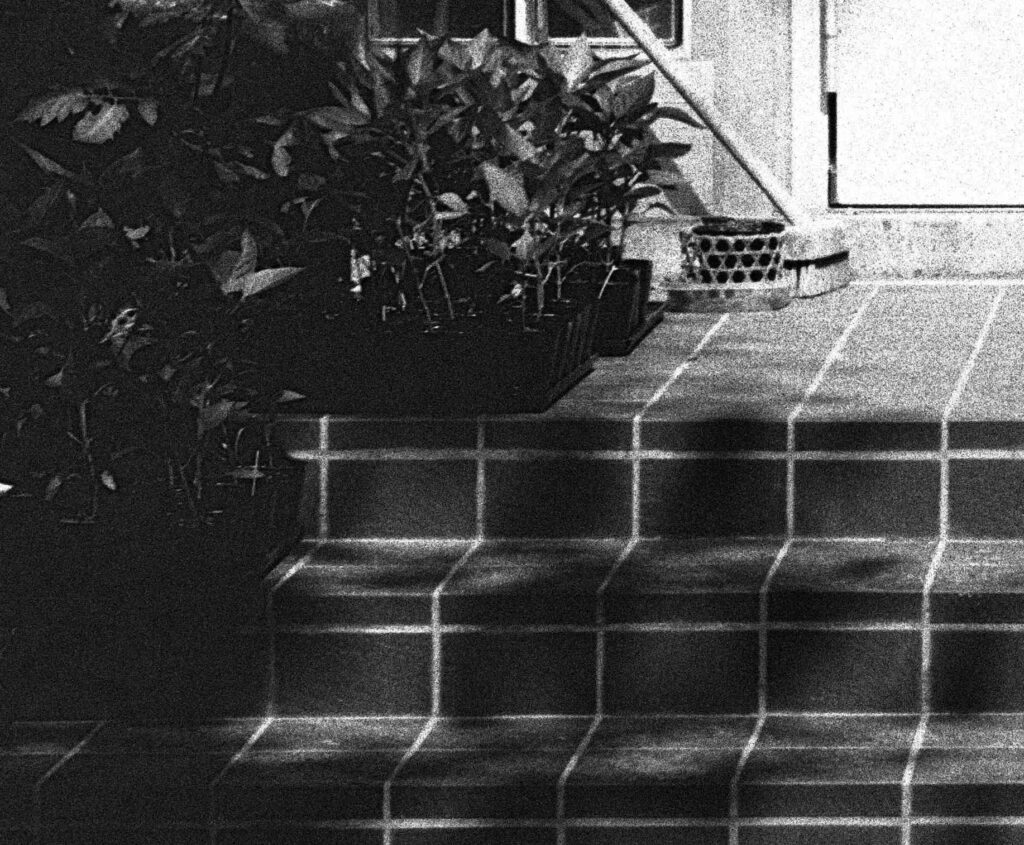
Moral of the story
Unsurprisingly increasing the temperature makes the chemistry more active (given the same development time) with the consequence that contrast increases and there is loss of image in the high and lowlights. Grain and acutance seem unaffected. The recommended temperature for development is 20degC but I see no reason to go as low as 16degC for stand development. Use a development above 20degC at your own risk.
Now, like you, I’m completely fed up of looking at my front door (more to come I’m afraid, but later) so here’s a picture of a fenced off bicycle but beware of falling snow and ice (sign).
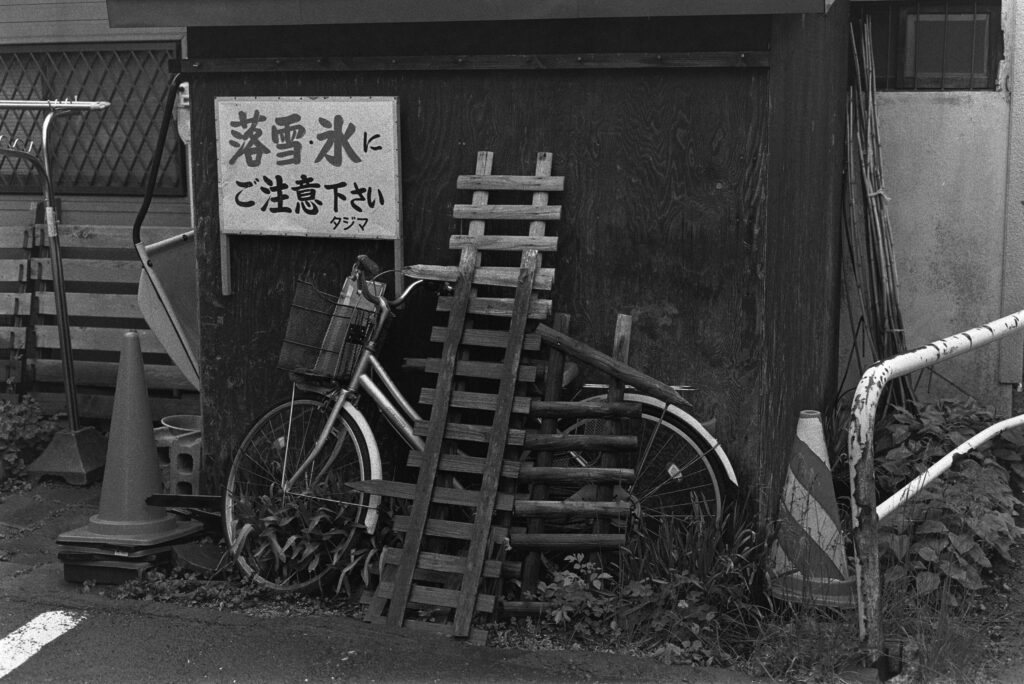
Share this post:
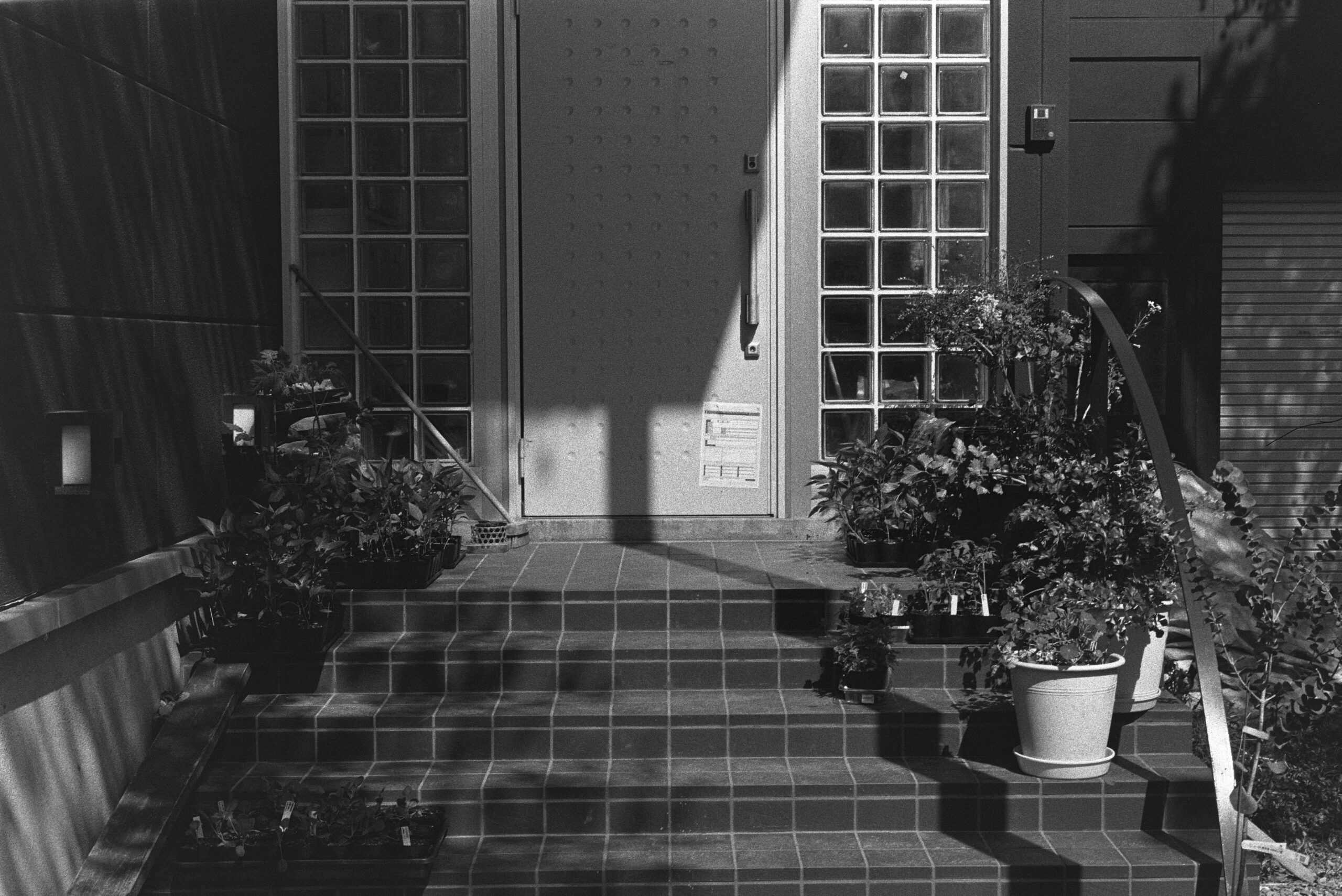
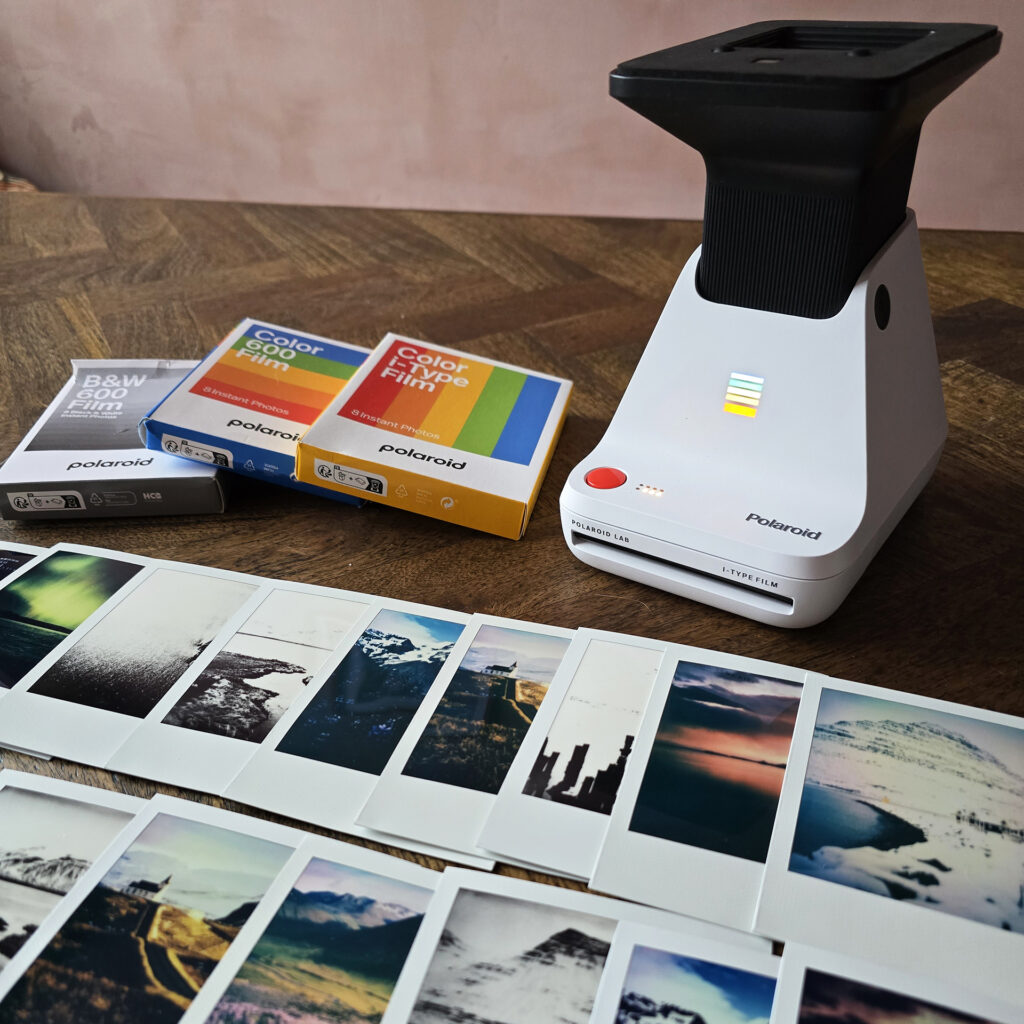
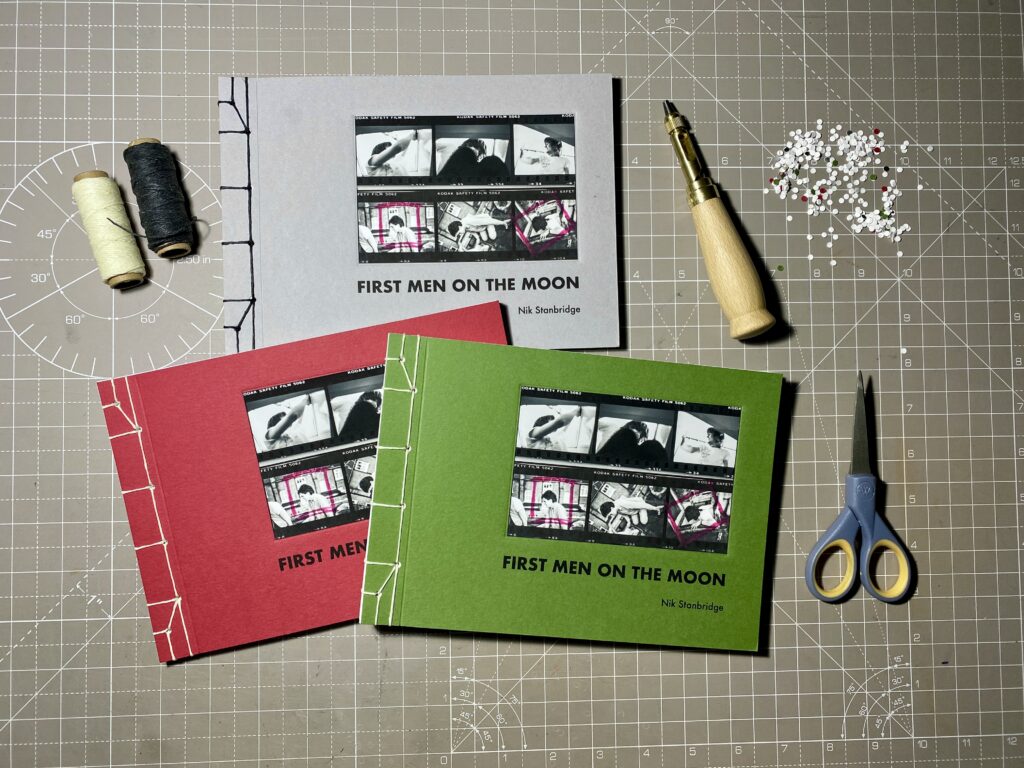
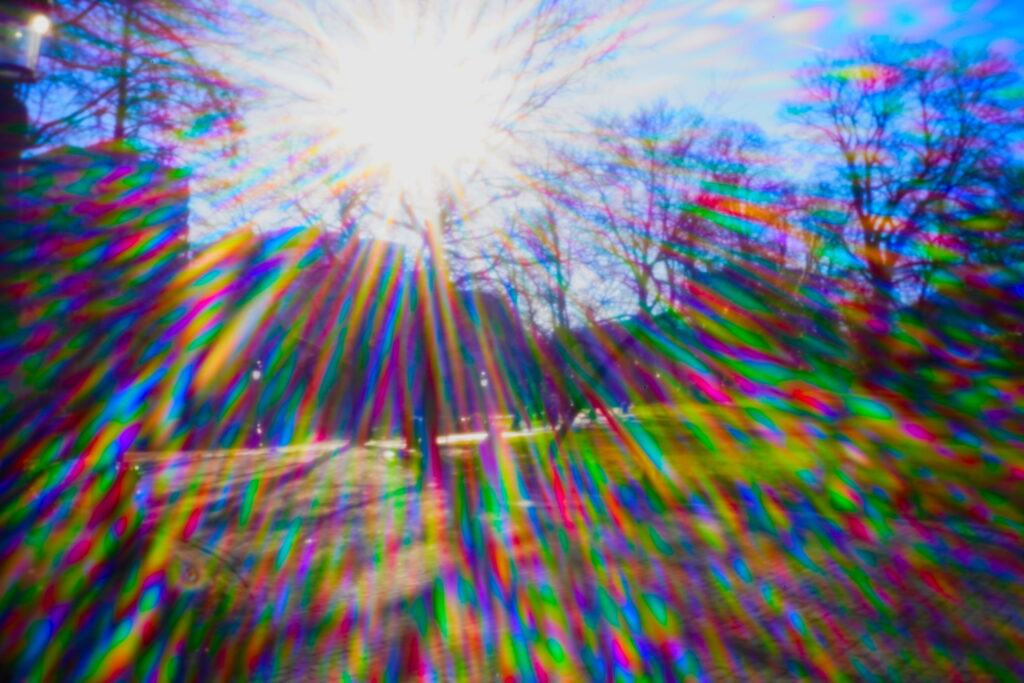
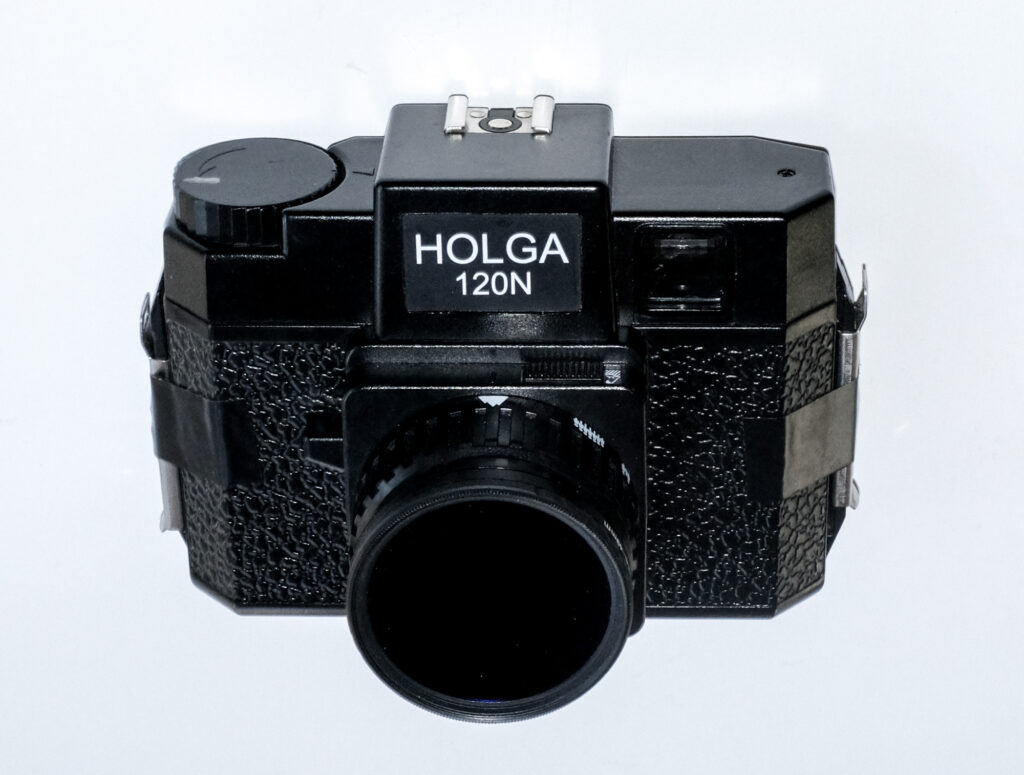




Comments
Jeffery Luhn on Rodinal Tests – Temperature, Grain and Contrast
Comment posted: 19/07/2024
Thank you for that clear and concise comparison. I use Rodinal for medium and large (4x5) film because the grain is not a factor. HC 110 or D-76 and occasionally D-23 for 35mm. I have never tried 1:100 Rodinal. I just began using 1:50 for my 12-sheet Yankee 4x5 processing tank. It requires 64oz, so the savings is substantial over 1:25.
My question: Do you see any drawbacks to semi-stand development at 1:100, other than long times? My current semi-stand development is mild agitation for 10sec every 2 1/2 min. 70 degrees F. Thanks, Jeffery
Comment posted: 19/07/2024
Comment posted: 19/07/2024
Comment posted: 19/07/2024
Andrew L on Rodinal Tests – Temperature, Grain and Contrast
Comment posted: 19/07/2024
Comment posted: 19/07/2024
Doug Anderson on Rodinal Tests – Temperature, Grain and Contrast
Comment posted: 21/07/2024
Comment posted: 21/07/2024
Ibraar Hussain on Rodinal Tests – Temperature, Grain and Contrast
Comment posted: 21/07/2024
I’m too cautious to even start experimenting
Comment posted: 21/07/2024
Jeffery Luhn on Rodinal Tests – Temperature, Grain and Contrast
Comment posted: 22/07/2024
Now another quote by Sam Elliott, the grizzly American actor who has been married to Kathleen Ross forever:
"Why go trolling when I have exactly what I want at home?"
I usually revert back to my tried and true processes like Rodinal 1:25 or 1:50 at 70f. Or the gold standards of HC 110 and D-76.... but you peaked my curiousity, so I will try 1:100.
Comment posted: 22/07/2024
Comment posted: 22/07/2024
Tony Warren on Rodinal Tests – Temperature, Grain and Contrast
Comment posted: 22/07/2024
When I first started to use a camera in the 1950's my films were taken to the local chemist for developing and printing. I discovered that some places left films in dilute developer over night! Really taking stand to the extreme. It seemed to work though and, given the very variable abilities they had to cater for, it no doubt cured many ills along the way.
Comment posted: 22/07/2024
James Billings on Rodinal Tests – Temperature, Grain and Contrast
Comment posted: 26/07/2024
I can't easily adjust temperature with my current process as I use cartons of de-ionised water from my nearby Asda - our tap water is one of the hardest in the country and I don't want my negs getting caked in drying marks!
Comment posted: 26/07/2024
David James on Rodinal Tests – Temperature, Grain and Contrast
Comment posted: 26/07/2024
Comment posted: 26/07/2024
Comment posted: 26/07/2024
Comment posted: 26/07/2024
Comment posted: 26/07/2024
Comment posted: 26/07/2024